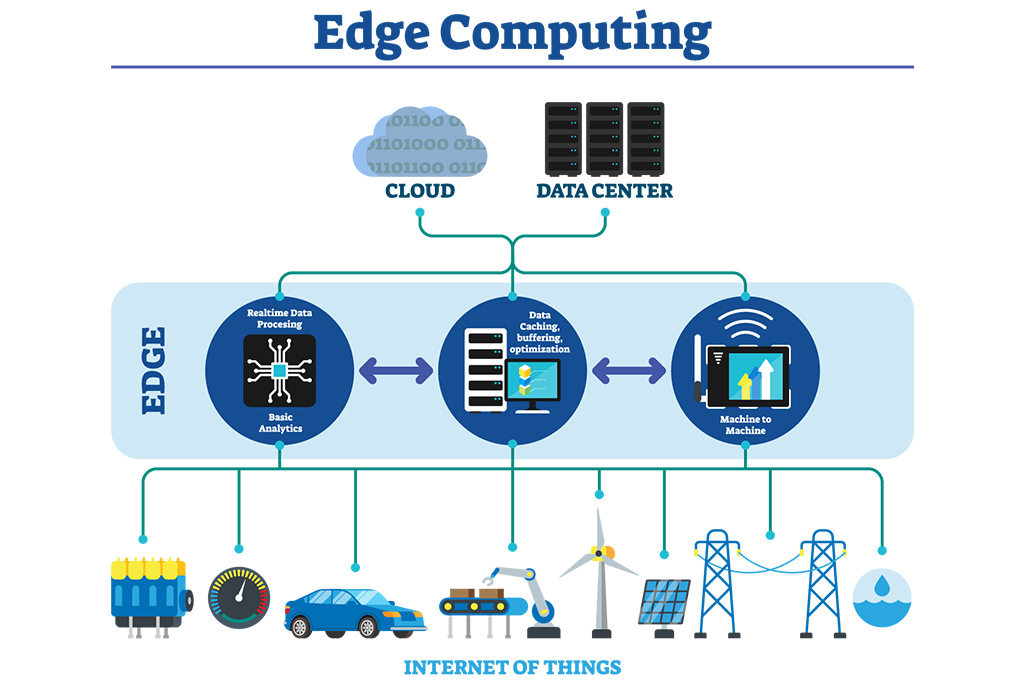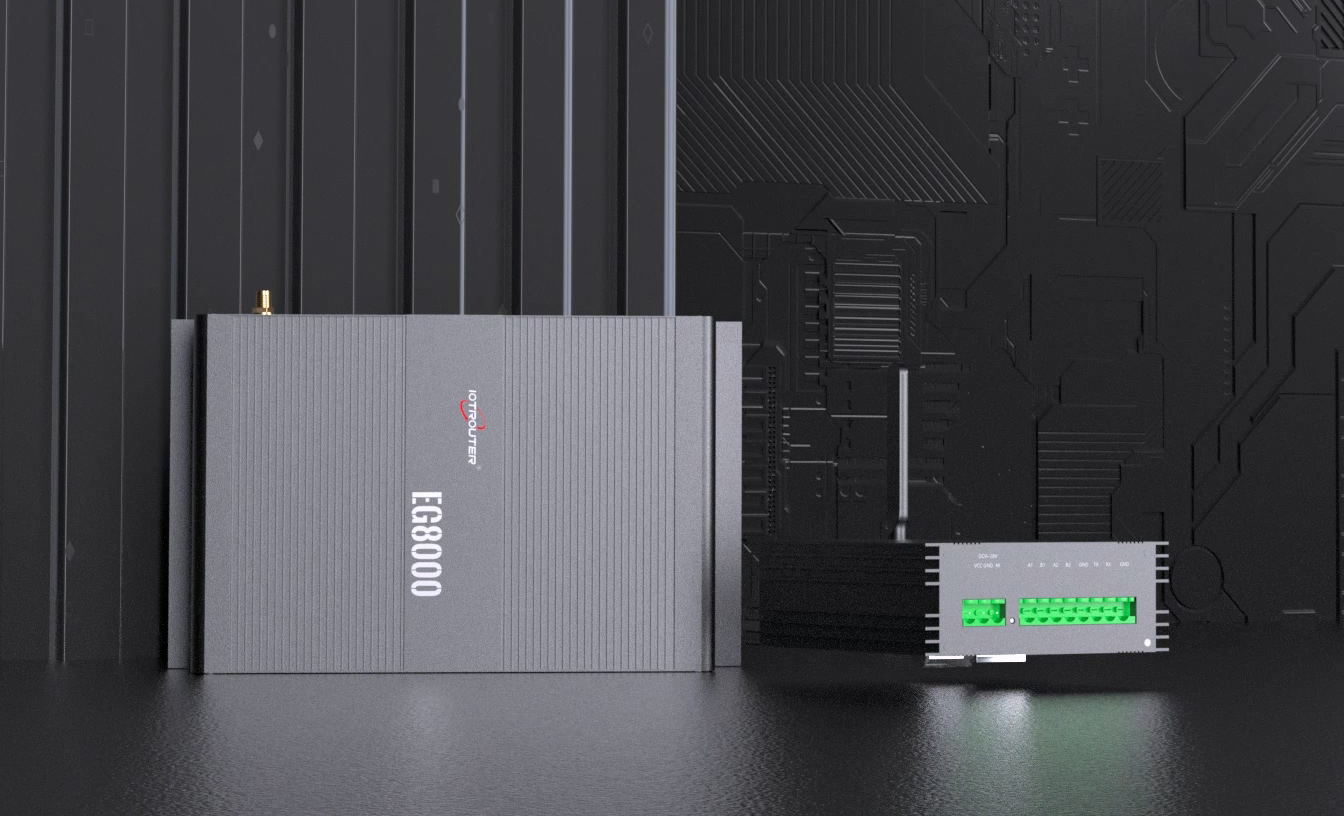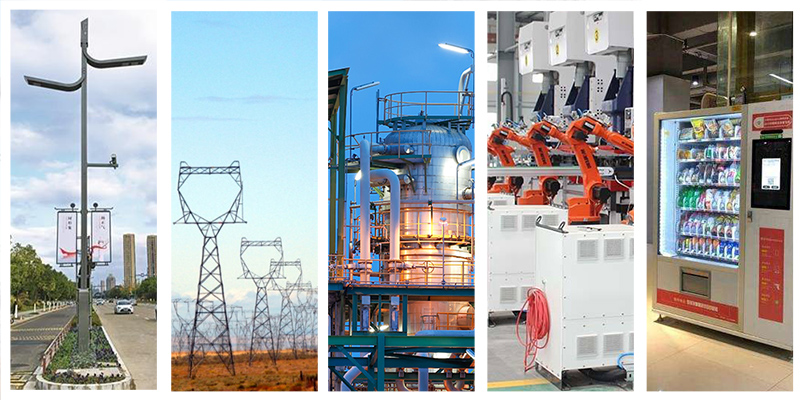Edge computing refers to collecting, summarizing, calculating and analyzing data nearby in local devices and networks close to where the data is generated. In the current various Internet of Things applications, due to the increasingly higher requirements for data security and low latency, more and more solutions choose to adopt the edge computing model, that is, no longer upload a large amount of on-site data to cloud computing. Instead, real-time data processing and high-frequency data/instruction exchange are performed directly locally, and only the final decision-related data is uploaded to the cloud.

Therefore, it is necessary to serve as a communication terminal between the cloud and the field layer to not only support communication, but also have computing and analysis functions. In response to this demand, edge computing gateways emerged. For example, Zongheng Intelligent Control Шлюз для пограничных вычислений uses high-performance processors and powerful 5G communication modules, and is equipped with intelligent data collection, device protocol conversion, 5G/4G wireless communication, data processing and forwarding, global unified scheduling and control, and cloud platform and edge collaboration. It integrates various functions into one, fully integrating and intelligently dispatching various computing resources and equipment resources at the edge, so as to maximize the production effectiveness of IoT application solutions.

Five advantages of edge computing gateways
1. Low power consumption advantages of edge computing gateways
Compared with cloud servers that aggregate massive amounts of data for centralized computing and analysis, edge computing gateways process data in real time on site closest to the device layer. By reducing the amount of data transmitted remotely and using energy-efficient computing chips, they can effectively reduce the cost of IoT applications. Overall system energy consumption.
2. Advantages of edge computing gateway’s simplified architecture
The edge computing gateway EG8000 integrates multiple functions such as gateway, routing, switch, and device control. It also has a built-in complete industry protocol library to facilitate device docking, supports the development of device collaborative application functions, and greatly simplifies the IoT communication layer architecture.
3. Advantages of small size of edge computing gateway
The edge computing gateway EG8000mini adopts a highly integrated design, making the size smaller and more compact, making it easier to install and deploy. The application scenarios of the gateway terminal are more diverse, such as smart light poles, power transmission and distribution monitoring, industrial monitoring, unit monitoring, intelligent Manufacturing, smart retail and other fields.

4. Intelligent response advantages of edge computing gateways
Smart gateways equipped with edge computing functions also have powerful device linkage control capabilities, supporting independent execution of device management strategies, multi-device linkage strategies, event analysis strategies, exception handling strategies, etc. The gateway supports secondary development and can further develop machine learning and computing optimization capabilities.
5. Advantages of flexible deployment of edge computing gateways
The gateway supports both Gigabit wired and 4/5G wireless communications, which can be selected on demand, making installation, deployment and use more personalized and flexible. The edge computing gateway also supports remote upgrades, updating firmware on demand at any time, and deeply adapting to project function applications to maximize performance.